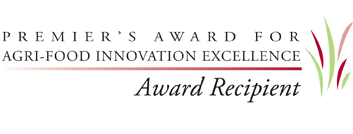Connecting Across Sectors: What Connectivity Means for Livestock Management
In the increasingly connected modern world, more and more industries are getting on board with innovative methods of connecting with customers and partners in revolutionary ways. The livestock industry is no exception, and as farmers and producers alike strive to improve their products and the image of their businesses, consumers will expect a new level of quality and connection. Livestock management is no longer simply about raising animals, breeding and selling.


